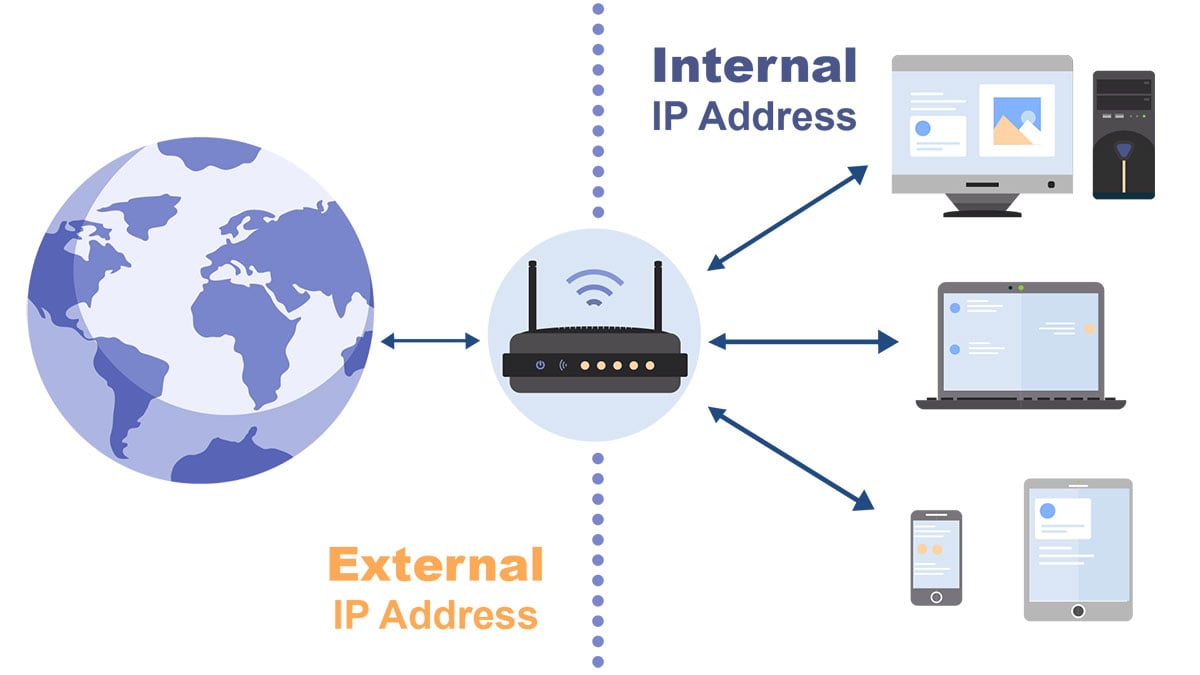
What is an IP address?
Common IP addresses are divided into two categories: IPv4 and IPv6. IPV4 uses a 32-bit address length
- 2022-07-16 22:06:57
- Instruction

An Overview of Class A Private IP Addresses: 10.0.0.0/8
For large organizations or businesses with multiple subnets, class A addresses provide ample network
- 2024-03-18 17:48:58
- Information

What are public IP addresses, private IP addresses and reserved IP addresses?
Every host connected to the public network has a public IP address,
- 2023-01-09 10:56:52
- Instruction

All intranet (LAN) IP address segments
The three address segments can be divided into: Class A addresses: 10.0.0.0~10.255.255.255, such a
- 2023-02-27 13:46:39
- Instruction
 IP
IP






